My Cheng Beng
2淸明- 杜牧 (唐著名詩人)
淸明時節雨紛紛 qīng míng shí jié yǔ fēn fēn
路上行人欲斷魂 lù shàng xíng rén yù duàn hún
借問酒家何處在 jiè wèn jiǔ jiā hé chù yǒu
牧童遙指杏花村 mù tóng yáo zhǐ xìng huā cūn
Incessantly the rain falls during Qingming
On the roads are travelers deep in sorrow
Where is there a tavern to be found?
The shepherd boy points to Xinghua (Almond Flower) Village in the distance
(poem by Dumu translated by Ang Yik Han)
My Cheng Beng 2012 is a photo essay by Toh Zheng Han in memory of his late Ah Chors (great grandparents), Ah Kong (grandfather) and Ah Ma (grandmother) It marks his family observance of the festival and perhaps a coming of age for him in a year which has seen him playing his part to save Bukit Brown. Zheng Han is a 3rd year student, currently studying English and History at NTU/NIE.
Reflection
On the morning of 31st March 2012, three days before the actual day of Cheng Beng on 4th April my family and I headed to Track 14 (Old Choa Chu Kang Road) to the Hokkien Cemetery and Chua Chu Kang Chinese Cemetery to pay respect to our ancestors. It had rained nonstop the night before. The poem 淸明- 杜牧 (唐著名詩人), captured the mood of the day, perfectly.
I only remember tagging along with the family for Cheng Beng about five years ago. I did not know why I wanted to go then. Maybe I thought it would be somewhat of an adventure to be climbing up the hills to visit my ancestors.
Recently, many Singaporeans including me have been trying to save Bukit Brown Cemetery from an 8 lane highway because we feel it is an intrinsic part of our nation’s history, heritage and habitat. Although I do not have any ancestors buried at Bukit Brown, it spurred me to find out more about my country and my ancestors. Personally, I feel that it is only by being able to find out about my country’s and ancestor’s histories that I am able to understand more about Singapore and myself. Cheng Beng offered me a chance to reflect upon this, to help me connect the past to the present and future; it reminds me that Singapore is home from the very day my great grandfather decided to make this place his home.
Family History (paternal)
This year, I decided to write this short reflection and take my camera to snap shot my family’s past. I have always wondered how my ancestors made the long and difficult journey out of their village many kilometers inland of Quanzhou, Fujian to Singapore without modern transportation such as cars, trains or planes. Instead they traveled the arduous journey by a boat all the way to Singapore. I guess I will never be able to find out or fully understand how it feels to leave home and make a new life for myself in a strange land. But I feel fortunate because my ancestor took that journey and I came to be born here.
My paternal great grandfather passed away about 20 years after arriving in Singapore a few years before the Japanese Occupation of Singapore. My father never knew him. Of my paternal great grandmother (his grandmother), he has only very vague memories as she passed away in the mid 50s a few years after he was born.
My father recalls life was tough growing up. He was one of 10 children and his parents – my grandparents – eked out a living raising poultry and pigs, and growing vegetables. Meals consisted mostly of porridge with soy sauce and some vegetables, and only occasionally a treat of meat. I have wondered how it would have felt to eat this meager meal day in and day out. But I am also guilty of complaining at times when my father cooks and I ask ‘Why is it the same thing again?”
It has only been in recent years that I felt a compulsion, a hunger to find out more about my family’s past and by extension to get a sense of my country’s past. Of course I realised I am no longer able to ask or hear stories from my grandparents who both passed away more than 10 years ago. I had not realised how much my grandparents doted on me when I was a child. But I am not about to let this deter me as I turn to my Ah pek (阿伯/ uncle), Ah kor (阿姑/ auntie) and the extended family to find out about my history, my story.
Cheng Beng 2012
1st Stop – Paternal great grandfather up the hill @ Track 14 Hokkien Cemetery
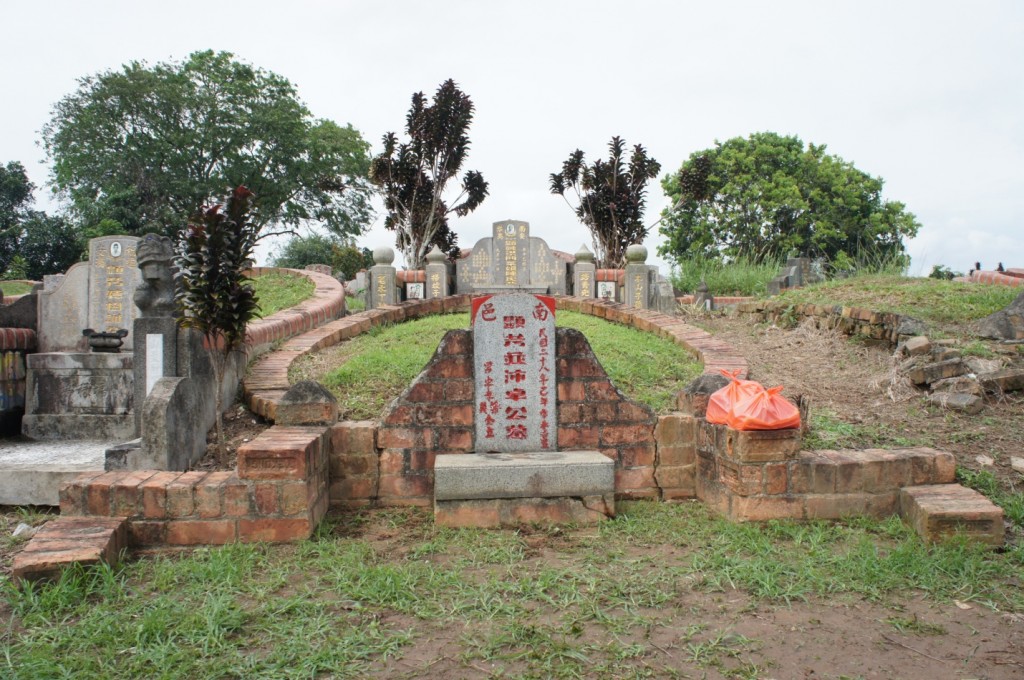
On top of a hill the simple pre- war grave of my paternal great grandfather, made almost entirely of bricks
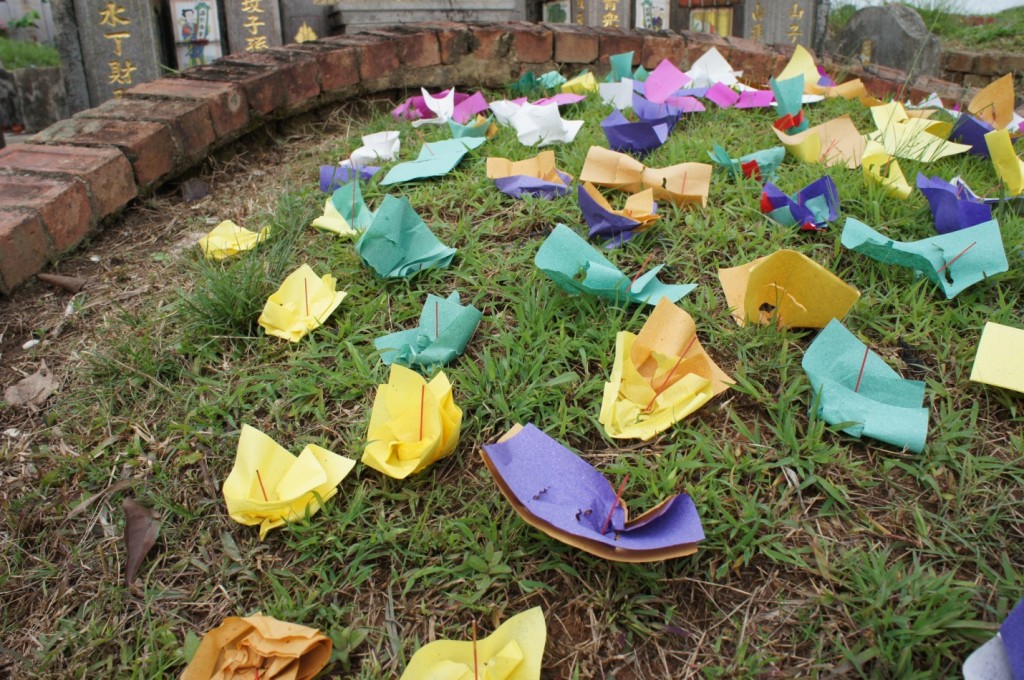
The five-coloured paper represents the 5 cardinal directions and signifies that the grave has been visited. Some people choose to put the paper in the form of a flower for both aesthetic and pragmatic purposes, as paper can't be blown away by the wind
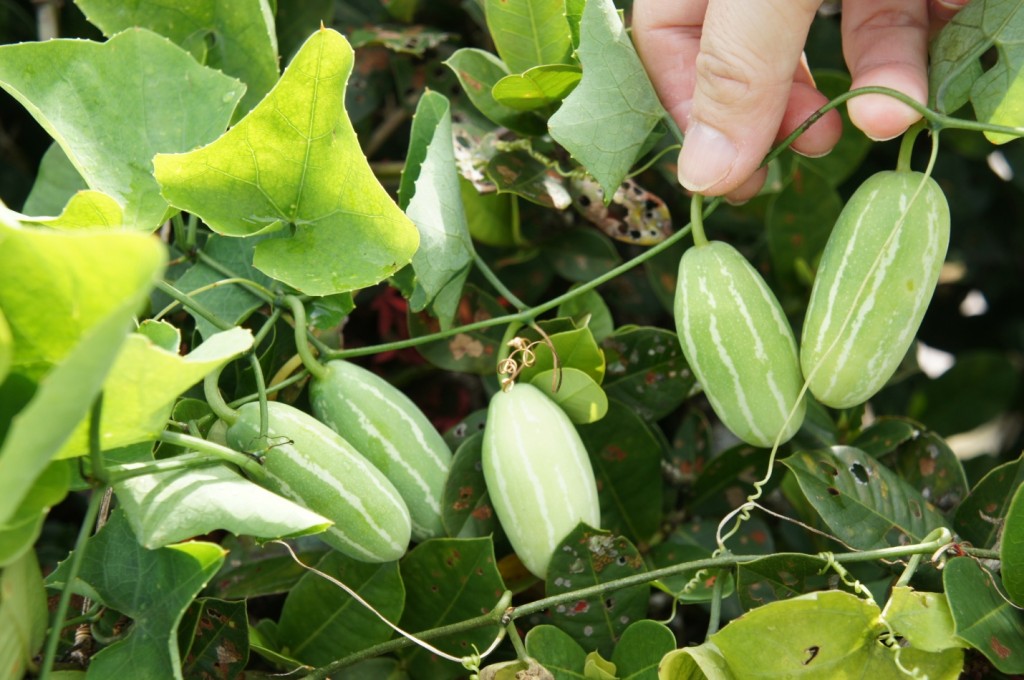
Some vegetables growing out of a grave about 3 metres away from my great grandfather’s grave
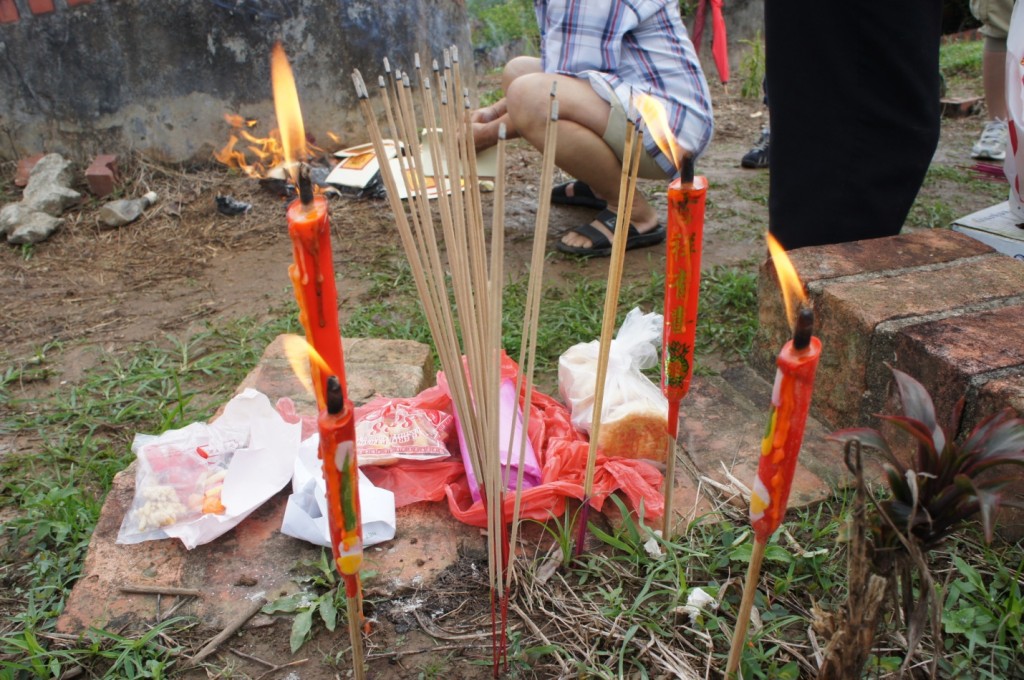
First up, offerings for the Earth Diety consisting of tea, sweets and biscuits together with the incense, special candles and joss paper that my uncle is burning. 3 incense sticks at anyone time
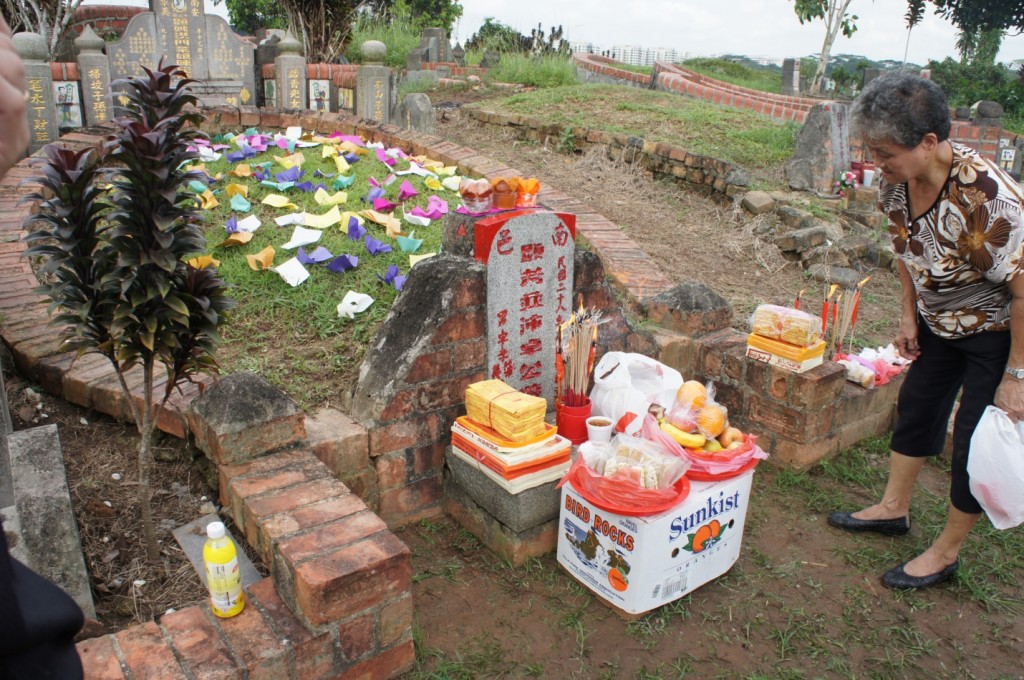
2nd Stop – Paternal great grandmother mid-hill @ Track 14 Hokkien Cemetery
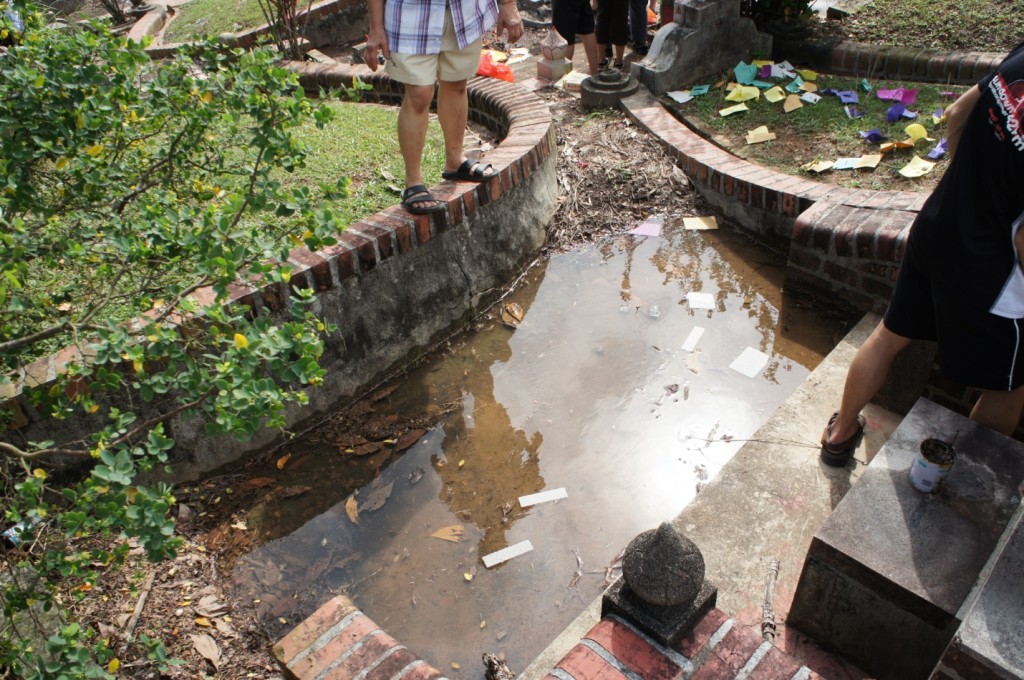
Shock when we reached great grandmother’s place. The heavy downpour throughout the night caused some flooding, or ‘im chwee’ in Hokkien. The flood was cleared by two of my Ah Peks later.
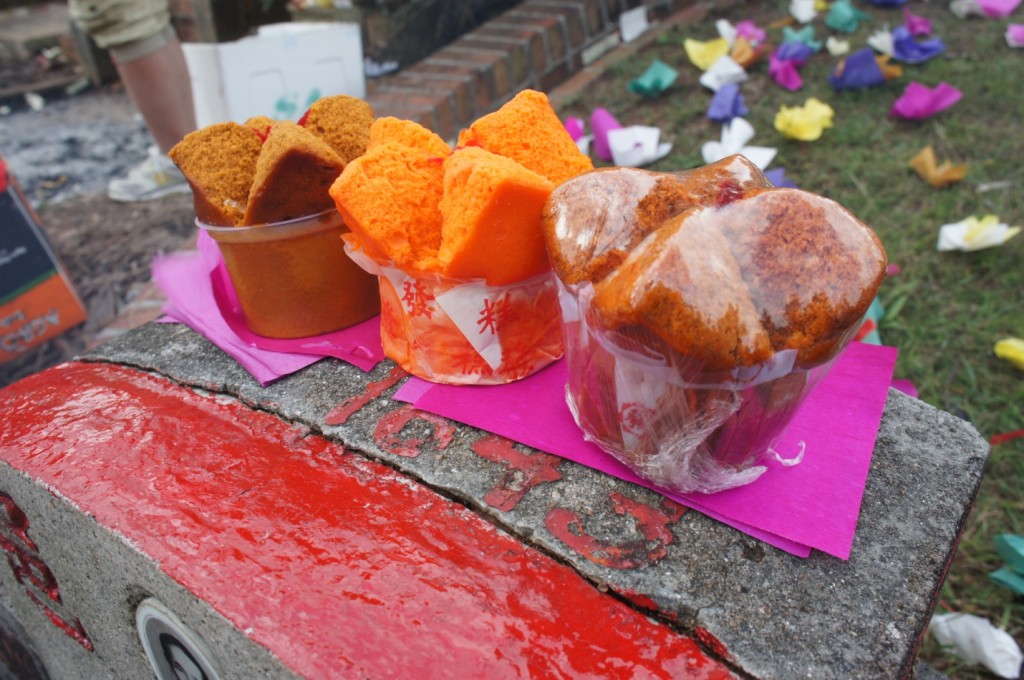
"Huat Kueh"on the headstone of my great grandmother together with red coloured paper taken from the stack of 5 coloured paper. Some use any stone or bricks in place of the Huat Kueh
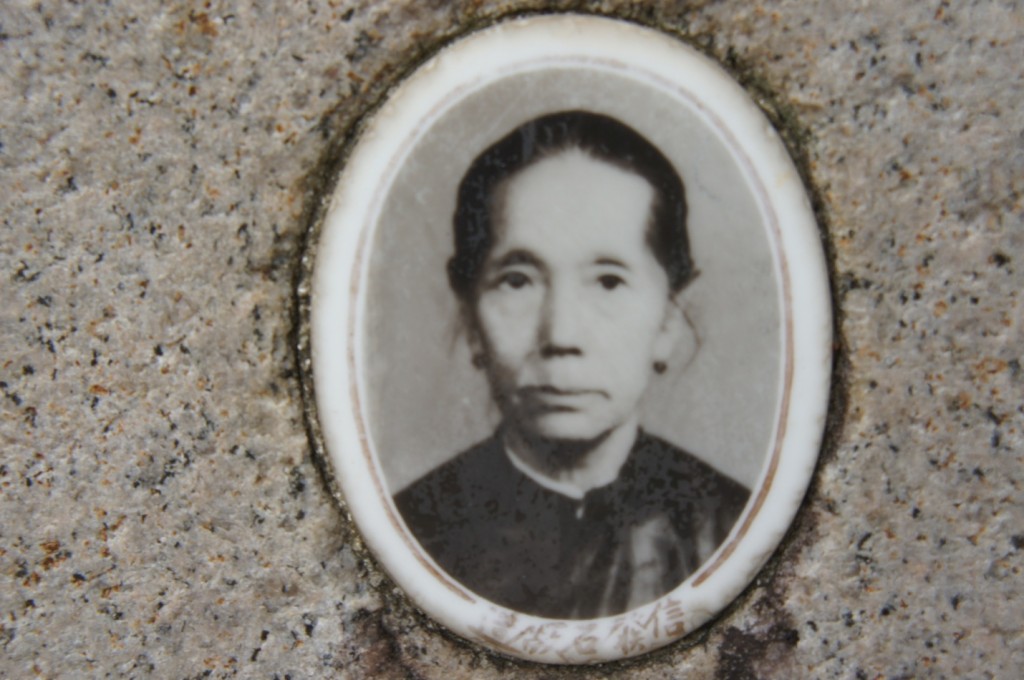
Great grandmother till clear more than half a century later. No renovating done. You can also see the company that built her grave
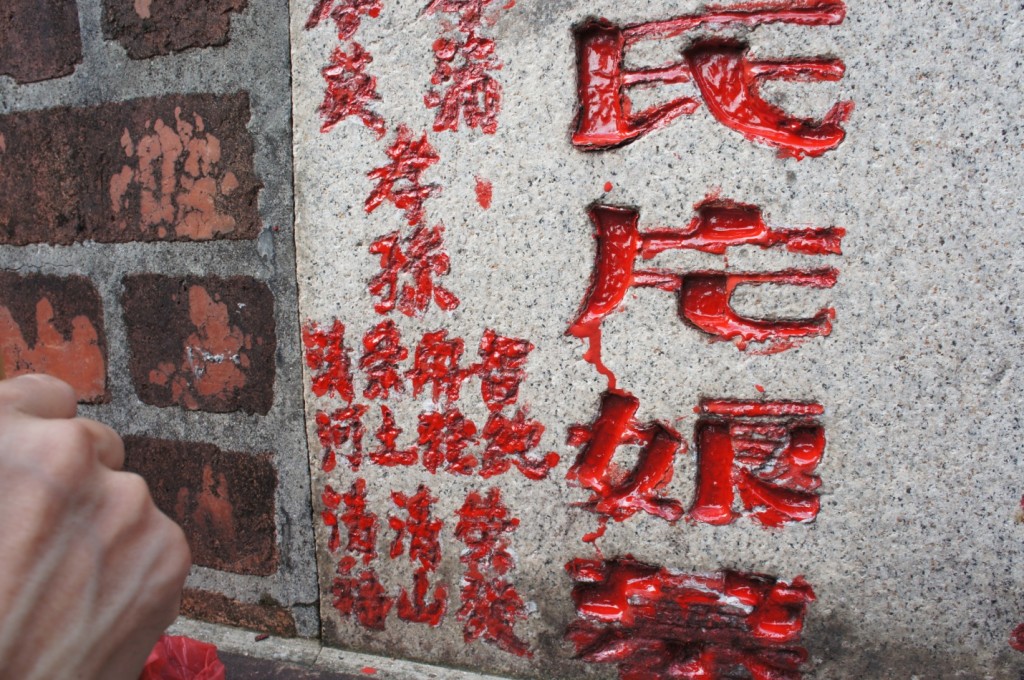
2 sons and 7 grandsons listed. In the old days, many graves did not have names of daughters and granddaughters listed.
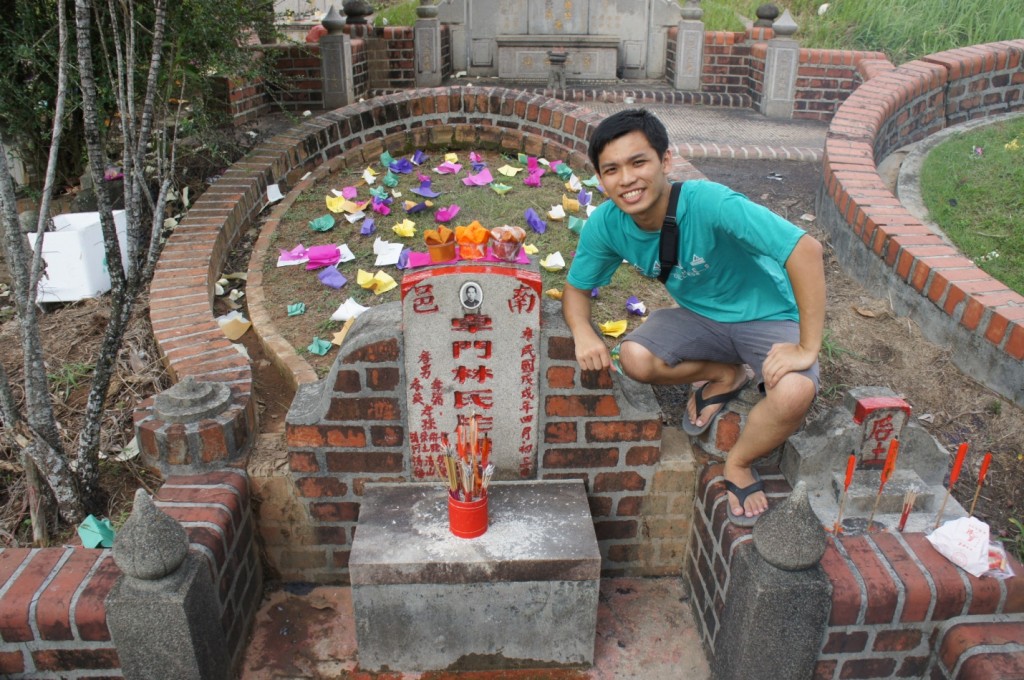
Final picture with my great grandmother before we left for Chua Chu Kang Chinese Cemetery. Notice the moat that prevents water from accumulating and which directs and channels water downhill. There was some flooding earlier, because of soil and debris that had choked the exit of the grave.
3rd Stop – Paternal grandfather @ Chua Chu Kang Chinese Cemetery
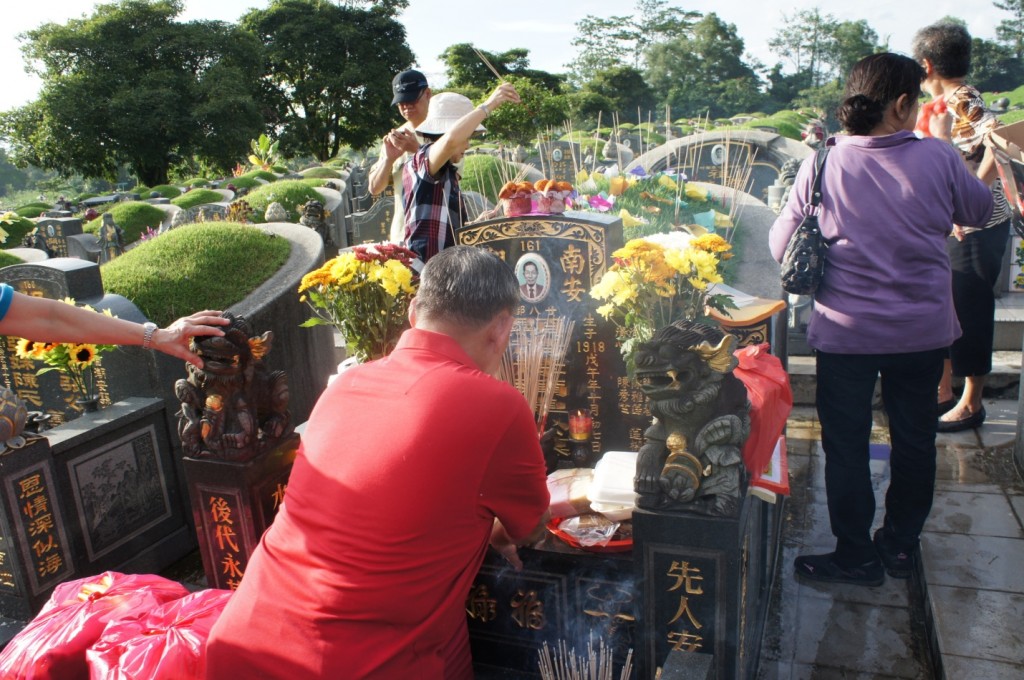
My grandfather’s grave. I noted the difference between the size of a new grave and the old graves earlier.
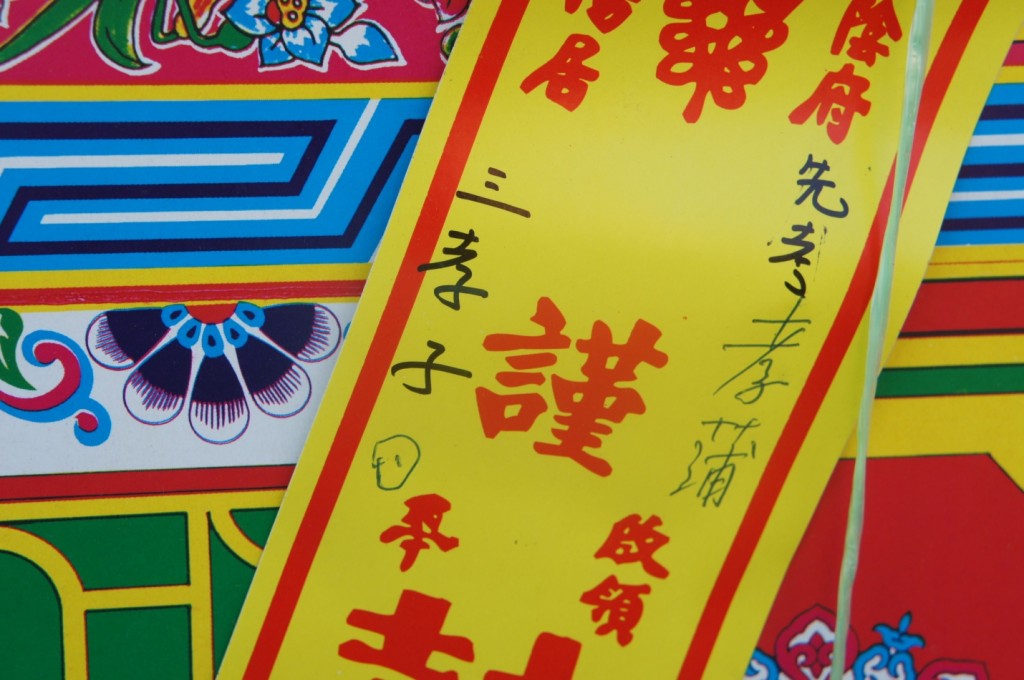
Incense paper, gold, silver etc for my grandfather. Notice the circle and dot in the middle? It ensures that this gets sent to only my Ah Kong. Just like how a crossed cheque works
4th Stop – Paternal grandmother @ Chua Chu Kang Chinese Cemetery
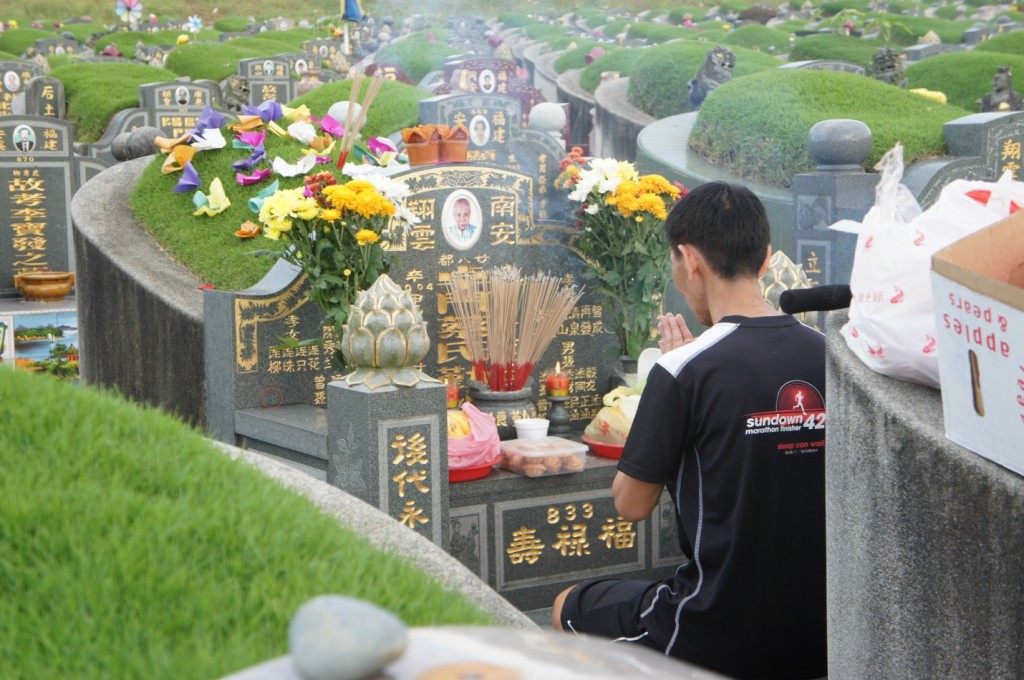
Quiet moment for my dad with his late mother. Last stop of the day before we went with my Ah Peks (uncle) and Ah Kor (aunties) to have dinner
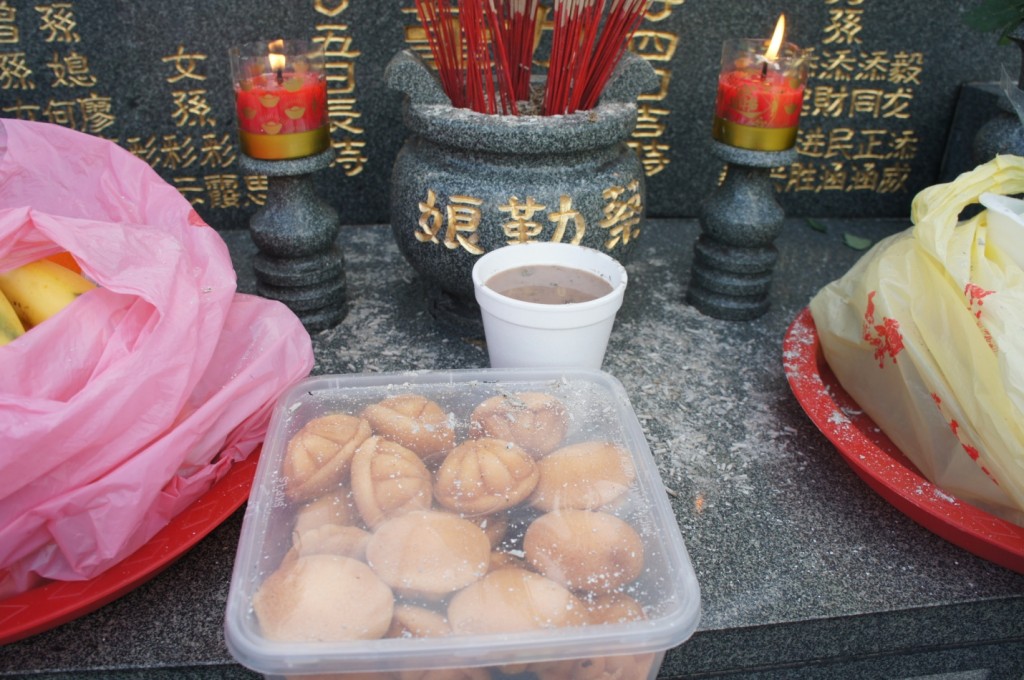
Favourite drink (Milo) of my grandmother or Ah Mah as I address her in Hokkien. She also likes to eat kuehs like Kueh Bulu and cakes like Pandan Cake. It was only recently that I heard stories from my mother that my late Ah Mah (as a 70 year old lady) used to take a bus alone all the way from Changi to my maternal grandmother’s house at Joo Chiat to visit me when I was a child. Gamsia Ah Mah. Gamsia (Thank you)Mama
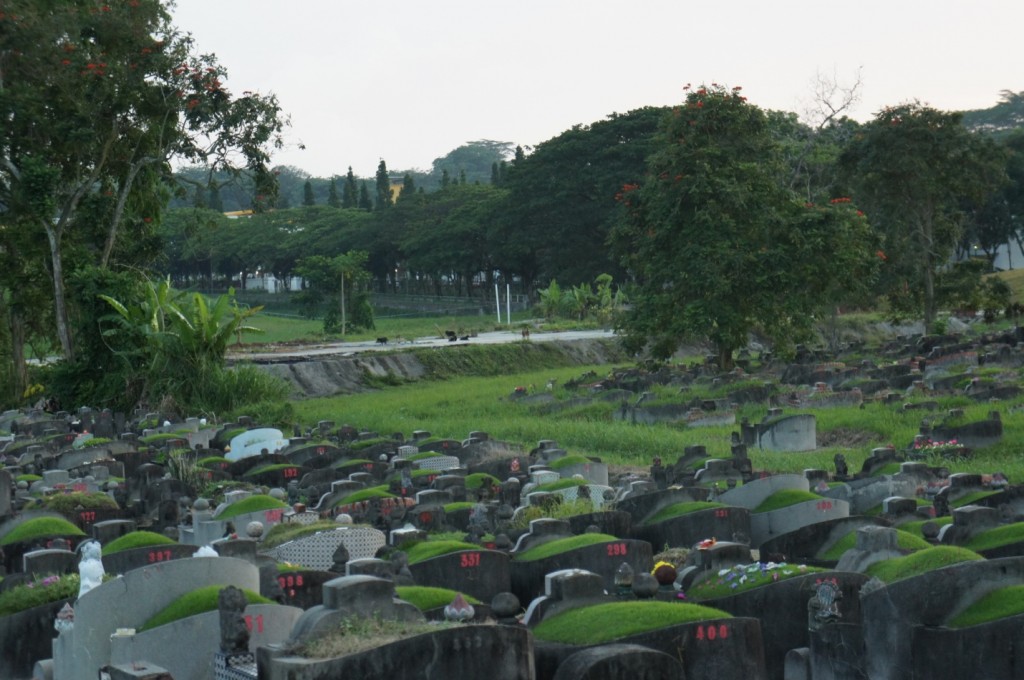
Lost in a sea of graves - a failed attempt to locate my maternal great grandfather who passed away in the late 1970s.
Postscript:
I wish to emphasize that every one of us needs to treasure the time we have with our loved ones and not wait until Cheng Beng to do so. While Cheng Beng gives us a formal occasion for the extended family to gather and reminisce about the past, what is even more important is the need to also enjoy the present and love your parents. Treasure the past, and enjoy the present – so that we can eventually embrace the future.
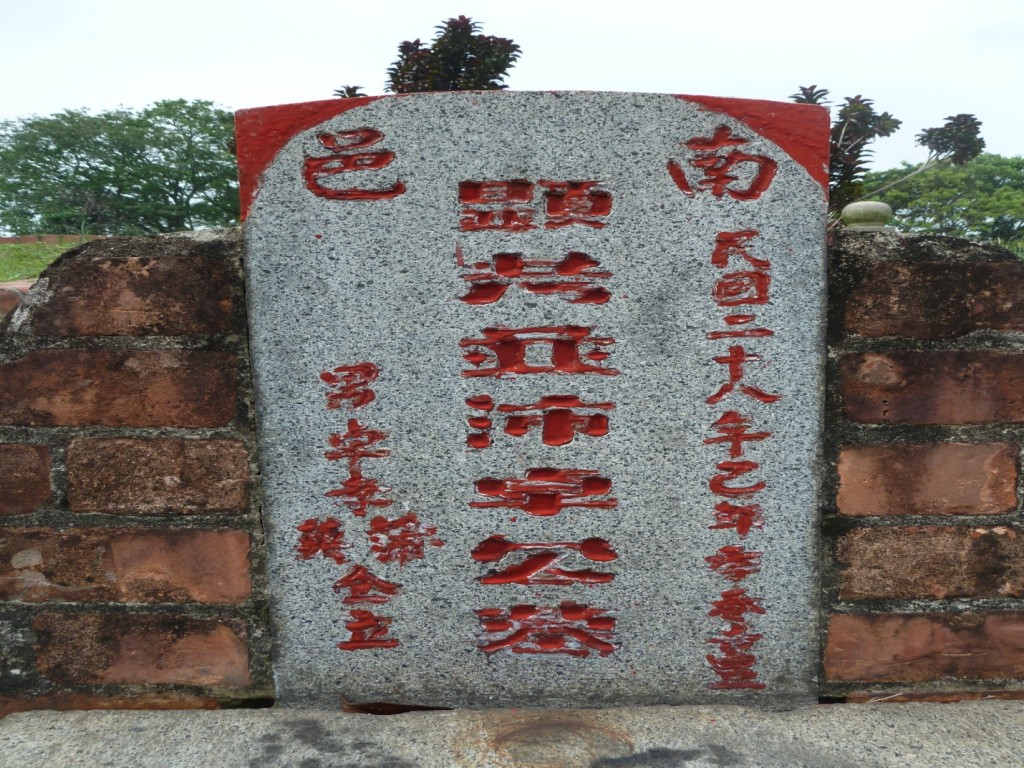
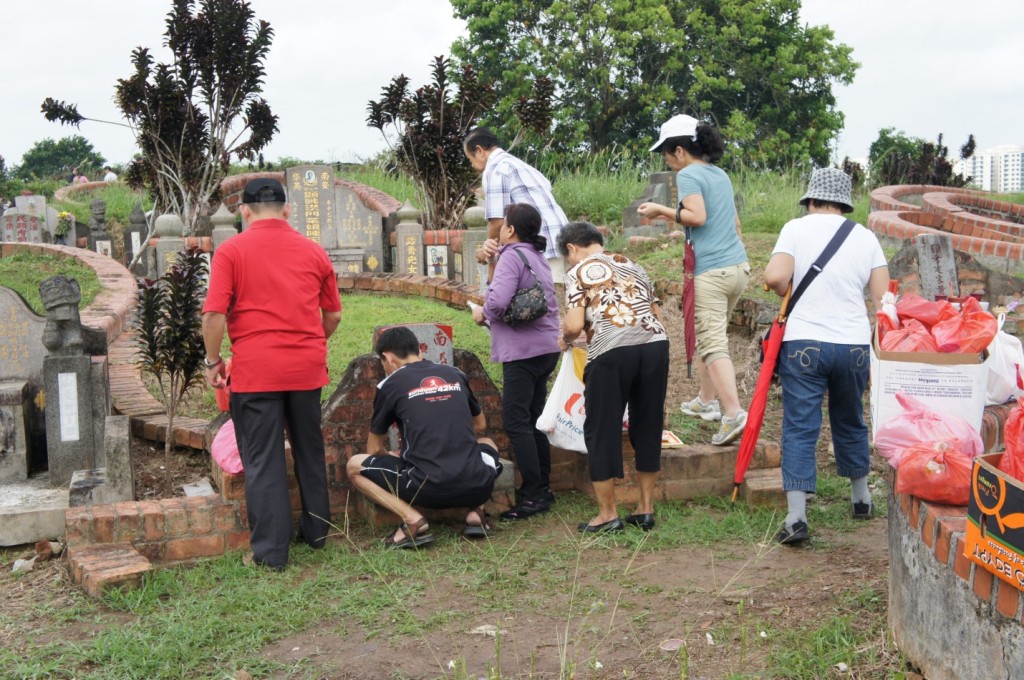
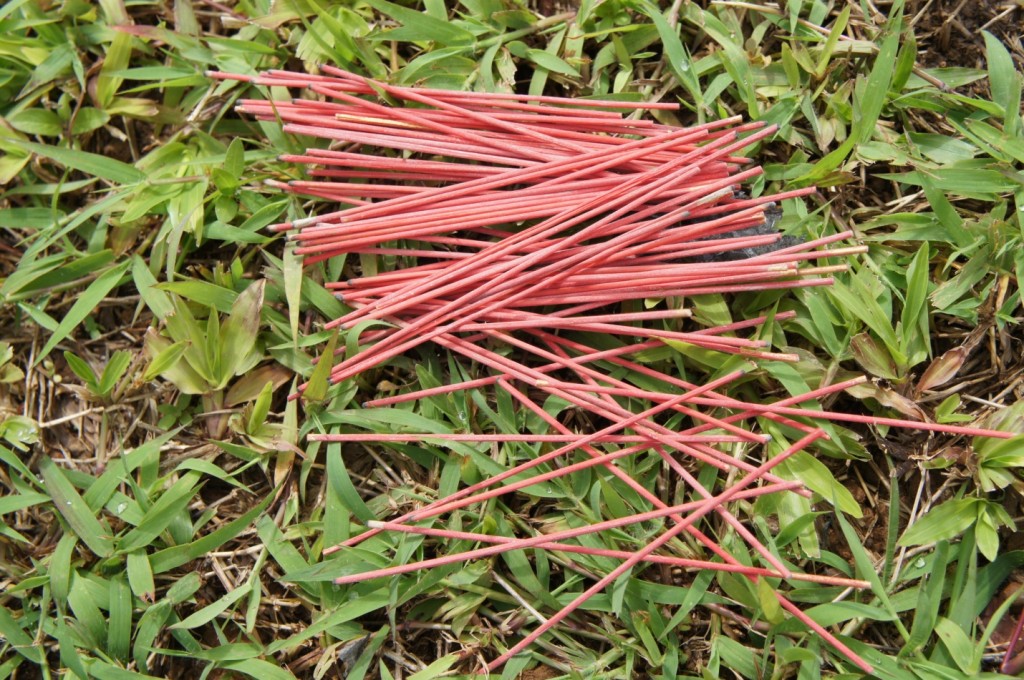
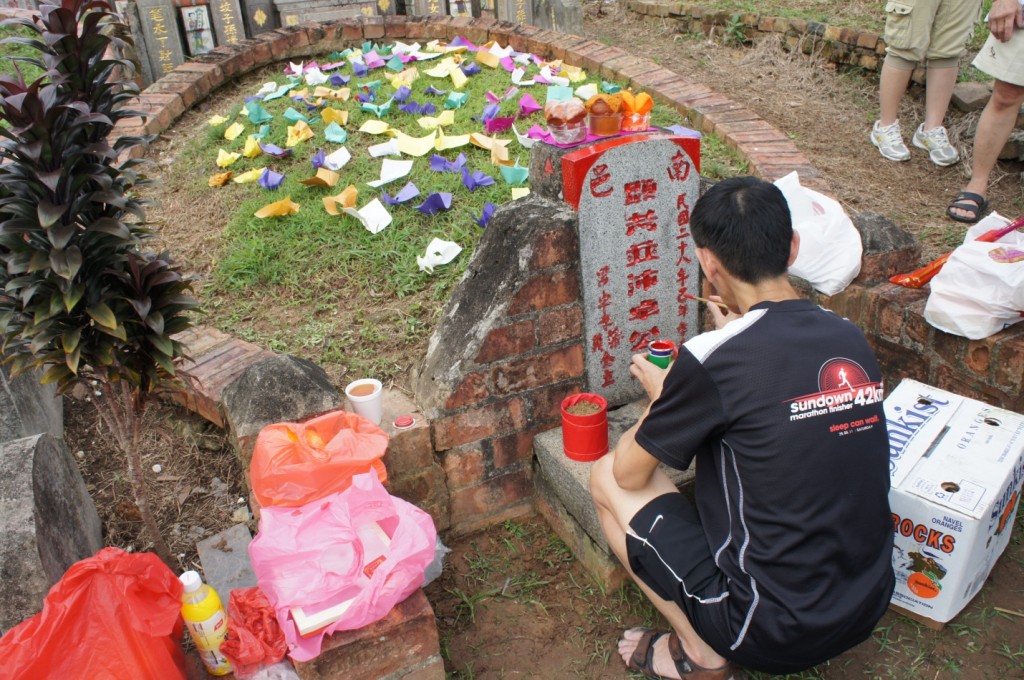
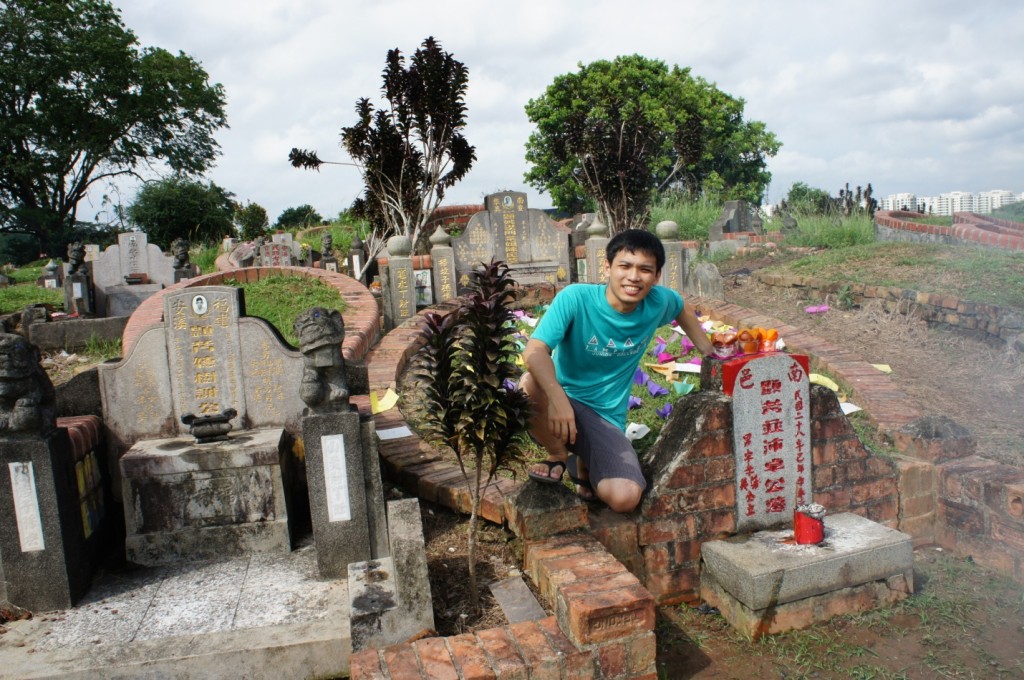
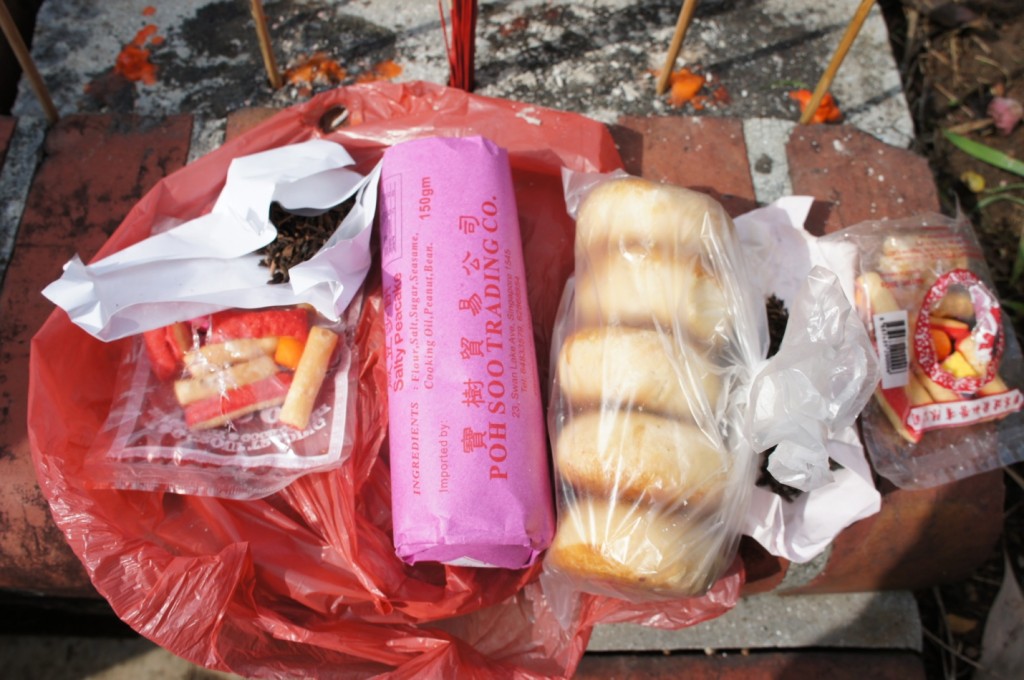
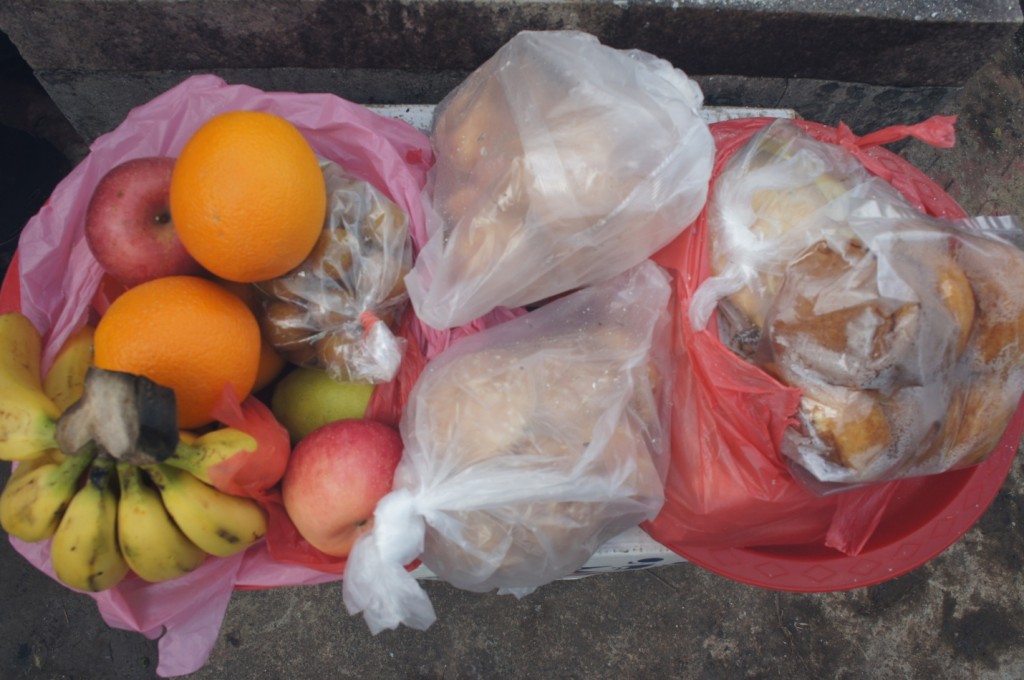
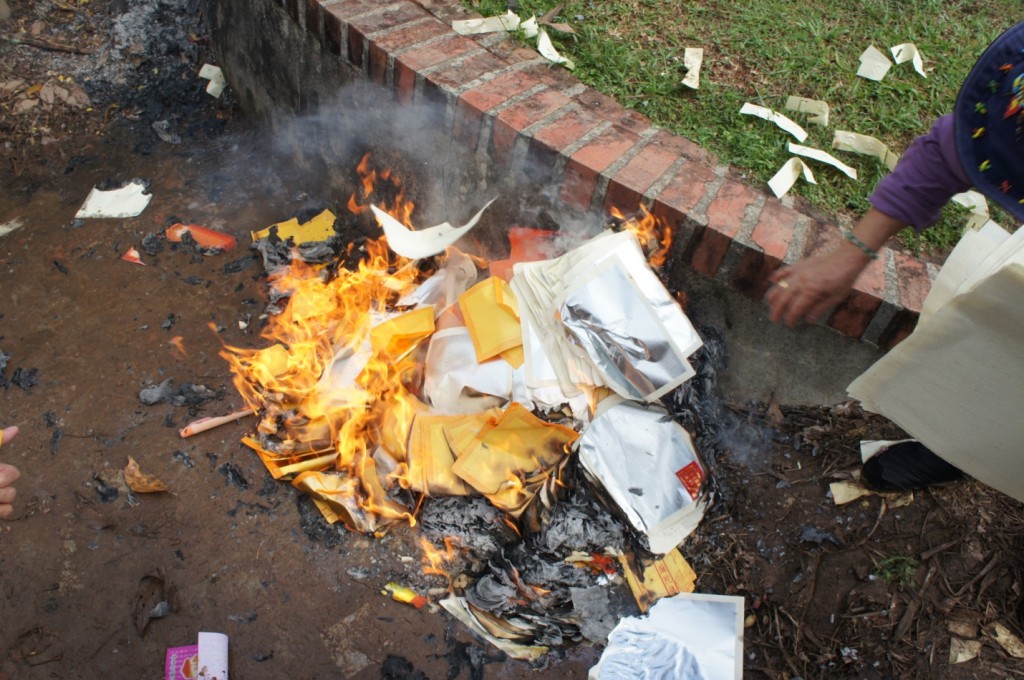

Is there a Hokkien cemetery in Singapore? If yes, please tell me where is it?